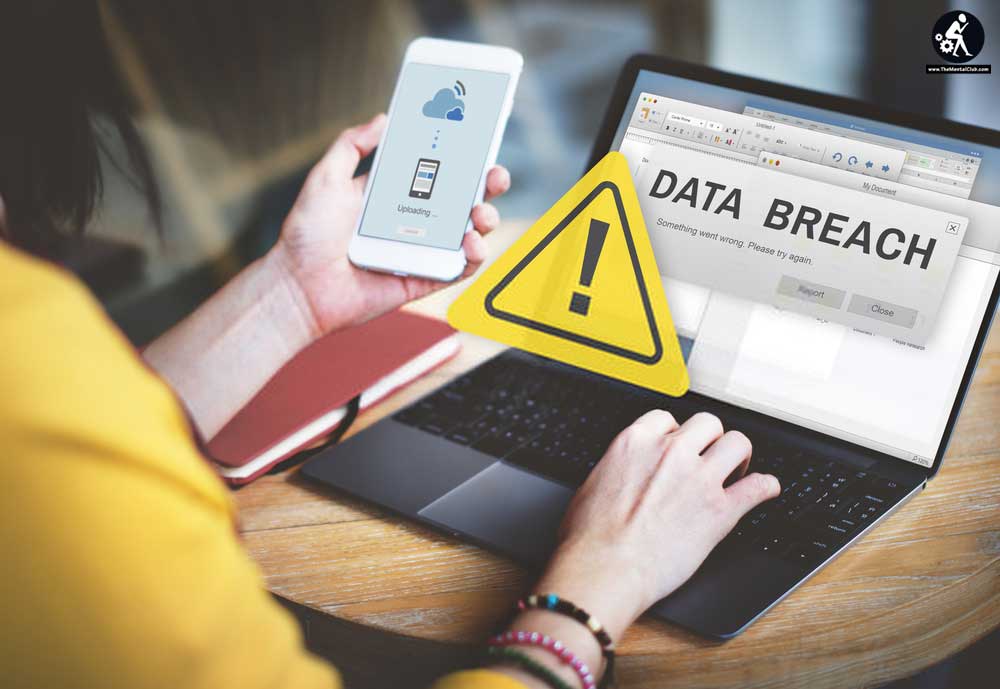A substantial amount of a company’s most valuable information often lies within its computer systems. From passwords to customer information to other private material, keeping data safe is crucial in order to maintain business and client relationships. Although cybersecurity is evolving with new tools, programs and services, hackers are also fine-tuning their breaching strategies. With more employees working from home, it can be helpful to figure out better ways to keep your data safe. Here’s what you need to know:

How Big a Threat Is a Data Breach?
Currently, the top five threats to safety are ransomware, phishing, data leakage, cyber hacking and insider threats. One in four accounts is likely to get hacked, making some experts believe that hacking is in the top three global threats to security. In fact, hacking and data breaches account for 52% of all confirmed breaches. However, many people are unaware of how vulnerable their systems are, especially if they have basic security or employees who are not trained against the risks.

Cybercrime can be quite costly. On a ground level, identity thefts costs Americans $15 billion annually. The cost of a data breach and other cybercrime is predicted to reach $6 trillion by 2021. Not only can a breach set a person or company back financially, but it can also halt business and fracture the trust between company and client. Perhaps worst of all, it can take nearly 200 days to identify a data breach, costing an unsuspecting business big time.
Evolving Cybersecurity for New Workspaces
Many people have taken the opportunity to work remotely because of the recent pandemic. Some companies have even expanded their hiring pool to include talent from other cities or countries. However, without the security blanket of company Wi-Fi or an IT person always within reach, files, servers and valuable information might be at risk. The dangers could become even more threatening if employees work in public spaces from different devices. For instance, one-third of remote workers have admitted to using an unsecured wireless network.

To combat these attacks, many companies provide high-end security for their employees, but warding off malicious hackers — especially when working remotely — starts with simple strategies such as deleting suspicious emails and maintaining good password hygiene.
More than 300 billion passwords are in use today. Although many people tend to gravitate toward the same password for different sites, the average person has 38.4 passwords. Most accounts get hacked because of vulnerable passwords and password spraying. Company accounts may be under a stricter lock and key, but email accounts are a commonly hacked commodity. That’s why you should encourage your employees to create unique passwords and change them frequently.
Keeping Financial Data Safe

Aside from taking these steps, there is another solution to the cybersecurity problem. Although an employee’s responsibilities tend to end when they’re off the clock, Artificial Intelligence (AI) runs on technological algorithms that don’t need to take breaks. With new and unprecedented risks on the horizon, artificial intelligence seems to be one of the most logical solutions. To learn more about what AI could mean for your online safety, check out the accompanying resource.
Infographic created by Donnelley Financial Solutions


































